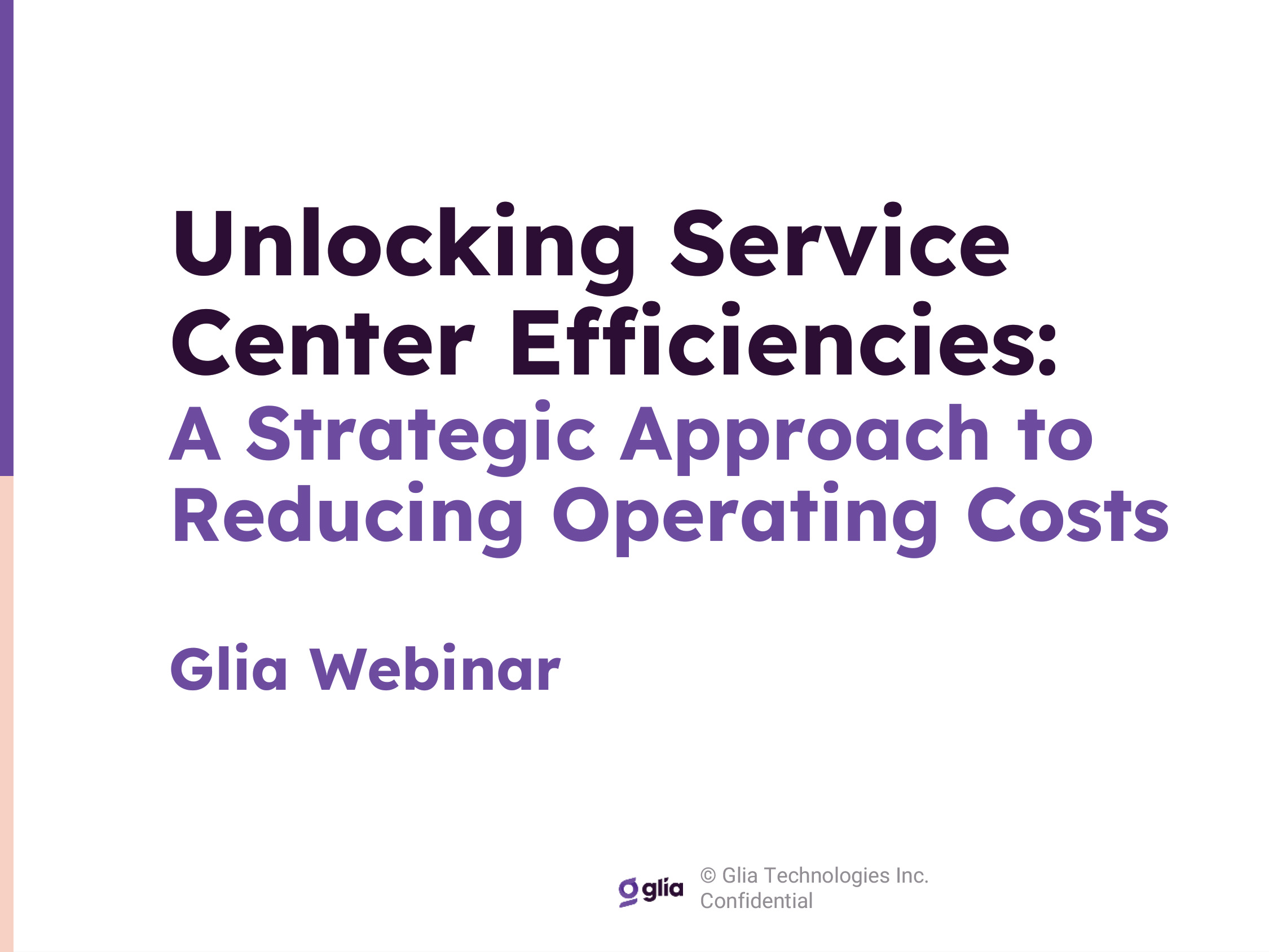When it Comes to Contract Worker Safety Standards, Airlines Are Missing the Mark. How the Industry Should Proceed

The airline industry has long been focused on employee safety. The American airline industry reported only one death and 36 accidents on board across more than 16 million flights in 2019.
But while safety for their own employees is a top priority, the same cannot be said for contract workers in the airline industry. Serious injuries and fatalities occur at a rate of 347 per 100,000 aerospace workers, according to data from ISN.
Given that aerospace contractors make up around half of all airline employees, this injury rate is startling.
“In general, the aerospace industry tends to have slightly higher levels of SIFs when compared to other capital-intensive industries, specifically on incidents involving overexertion, exposure to harmful substances/environments, and transportation,” said Joe Schloesser, senior director at ISN.
“Consumers in the passenger seats will be a top priority, but workers also need to be considered. The industry’s focus on passenger safety should translate down to the workers on the ground. The overarching goal of the airline industry can strike a balance of safety between the two facets of the organizations.”
What Causes Serious Injuries and Fatalities?
As Schloesser explained, employers within the airline industry are working to prioritize the safety of both employees and contractors, but the nature of contract work creates a handful of separate safety challenges that employers must consider. They do everything from restaurant to janitorial work and wheelchair services to cleaning airplanes.
“It takes a lot to get from the assembly line to the sky, and safety must be a priority for those on the ground as well as airline passengers,” Schloesser said.
Across industries, Schloesser said a lot of serious injuries and fatalities are caused by three overarching challenges:
1) Training: When it comes to contractors, the length of time they work with a company can vary drastically, but training and proper onboarding should be prioritized regardless of length of employment.
“When the pandemic first began, industries like airlines weren’t able to shift to remote operations, but training could. Many companies utilized digital training through learning management systems to minimize time onsite,” Schloesser said.
With the switch to virtual training, companies were better able to track and manage which trainings were required, which were completed and when updated courses needed to be added.
2) Pressure to get work done: In many fast paced, high-volume industries, companies prioritize efficiency. Aerospace companies must maintain a positive working environment that puts safety culture above productivity.
“Company leadership can review safety metrics and assess the goals of the organization to ensure growth and safety are held to an equal standard,” Schloesser said.
“By seeking feedback from on-the-ground employees and analyzing responses, leadership can determine the nature of how safe their employees feel and adjust accordingly to create a safety culture that runs throughout the organization.”
3) Nature of the work: On-the-ground contractors and full-time airline employees manage heavy machinery and are exposed to dangerous substances and environments.
With many employees new to the industry as well, aerospace should ensure that each employee is properly trained and ready to work onsite through measuring individual-level qualifications.
A Re-defined Emphasis on Safety
To improve the emphasis on airline contractor safety, Schloesser suggested that airline companies review historical safety records and peer-benchmarking data to help set actionable goals to support safe work environments for all employees.
“New technology and software can help airlines reach their goals and track their key metrics,” Schloesser said.
ISN has seen a lot of success with virtual training initiatives and employee-friendly learning management systems. A contractor management tool or platform can also help track incidents, contractor hours worked and contractor certifications/qualifications.
“With all of this data on hand, safety managers can draw actionable conclusions from their analysis to drive improvement in their safety culture,” Schloesser said.
Finally, the airline industry could benefit from industry standardization and knowledge sharing. By working together to set standard training and onboarding benchmarks and develop innovative ways to reduce incident rates, the industry can make progress as a unified group.
There are safety concerns that come with the rapid trajectory of the aerospace industry. Schloesser suggested several key focus areas for creating safer work environments.
Leveraging technology: Opportunities for remote, online training have increased, allowing contractors to leverage training resources from a variety of providers. This helps contractors get up-to-speed quickly and efficiently on job-, company-, and site-specific requirements.
“Contractor management platforms are helping companies centralize information on everything from safety records to insurance and training documents,” Schloesser said.
“Leveraging the technology of a platform like this provides easy access to requirements and helps streamline the qualification process.”
Benchmarking and industry knowledge sharing: The aerospace industry tends to have slightly higher levels of SIFs when compared to other capital-intensive industries. B
ecause of this, Schloesser said companies can work together to benchmark their safety data and find solutions to address areas of concern like higher rates of incidents involving overexertion, exposure to harmful substances/environments and transportation.
“More airlines are striving to overcome safety challenges faced by contractors through data collection and accurate reporting of incidents,” Schloesser said.
The collection and analysis of data related to the incidents occurring onsite can shed light on the types of risks that are most common, as well as how to take preventative action against these types of incidents moving forward.
“Many organizations in the aerospace industry are focusing on accurate reporting to overcome safety challenges and ensure that their organizations are properly addressing safety in response to incidents,” he added.
Safety culture: Another strategy to overcome some of the safety issues in the aerospace industry is the attention to safety culture itself. By evaluating employees’ perception of their organization’s safety culture on an ongoing basis and setting markers for improvement, aerospace companies can achieve a safety culture focused on the awareness, commitment and comfort level of individuals around ensuring they have appropriate training and support to speak up.
“By creating a culture where workers are comfortable exercising their stop-work authority and reporting near misses, it contributes to a safer work environment dedicated to reducing incidents,” Schloesser said.
Contractor management tools are playing an increasingly important role in helping some companies harness data to take preventative measures against future SIFs. The reason is simple: Data collection and analysis are crucial to developing SIF prevention strategies.
As Schloesser explains, companies can leverage technologies like a contractor management platform to streamline the qualification process for contractors.
Contractor management tools also allow companies to review employee-level qualifications to ensure that workers are trained to perform tasks properly.
Such tools also enable organizations to analyze past incidents and shed light on incident risks that an organization faces, as well as provide direction on where it can take action to mitigate the risk of specific SIFs moving forward.
“A contractor management platform allows organizations to tap into a network of thought leaders, allowing them to share industry-specific insights,” he said.
“Through the sharing of knowledge in a central platform, aerospace organizations can learn about the strategies other organizations are utilizing successfully and implement them in their own business model.” &










